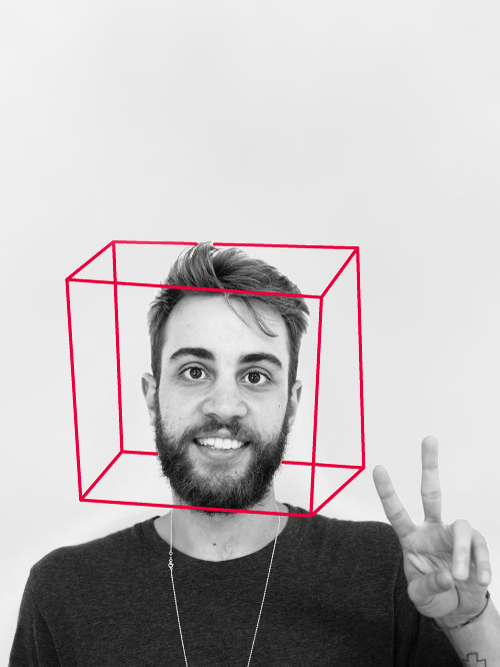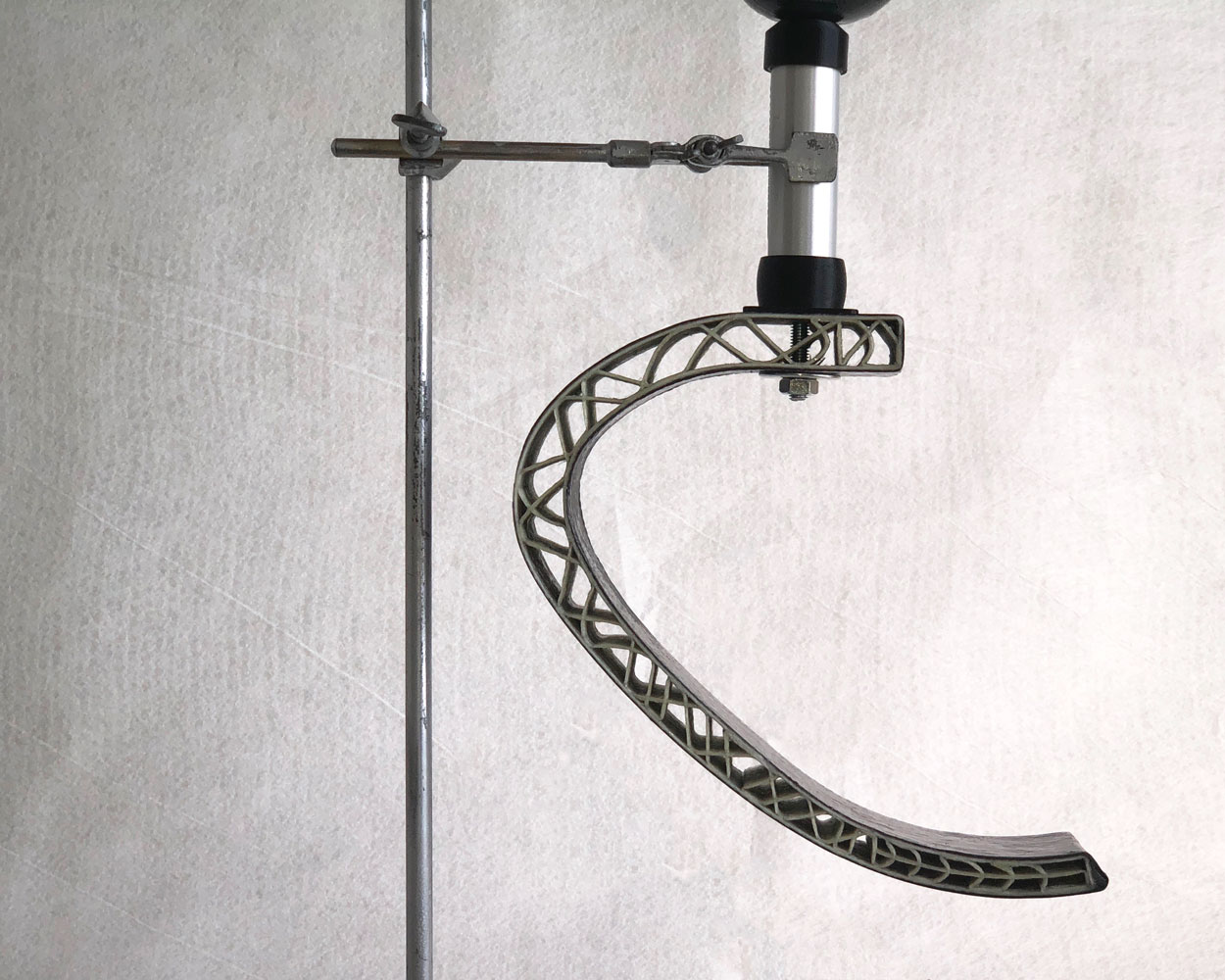Moi Composites, an Italian 3D printing hub and its developed technology, known as Continuous Fiber Manufacturing (CFM), is capable of additively manufacturing high-performance thermosetting composites.
CFM uses Atropos, a custom 6-axis robotic arm from KUKA, with digital fabrication technology, including Autodesk Netfabb software to create parts with extreme mechanical performances specified for industrial applications.
In 2014, Professor Marinella Levi, Materials Engineer at the Polytechnic University of Milan (Politecnico di Milano), established the collaborative 3D printing laboratory +LAB after working with the technology for over a year. Seeking colleagues to aid in a multidisciplinary approach to 3D printing, Levi partnered with Design Engineer Gabriele Natale, and Architect Michele Tonizzo to form Moi Composites in 2018.
3D Printing Industry caught up with Tonizzo, Co-Founder of Moi Composites to learn more about this new venture and its proprietary technology.

3D Printing Industry: What prompted Moi Composite founders to investigate commercial 3D printed parts?
Michele Tonizzo: We wanted to give to composite materials the manufacturing potentialities of 3D printing (e.g. digital fabrication, absence of mold, shape freedom, etc.) while giving 3D printing the ability to process a high-performance class of materials that is thermosetting composites.
The idea originally came from our encounter with the nautical sector that still heavily relies on hand lamination processes. Our technology has the freedom of producing one-off boats and extremely customized parts. From there we’ve been contacted by international companies with whom we initiated collaborations in multiple markets that already use composites (e.g. aerospace, automotive, biomedical, oil gas, etc.) making us discover the potentialities of our CFM technology that gives a solution to a huge problem: producing small series and tailor-made parts with high-performance materials.
3D Printing Industry: Why is CFM your chosen technology?
Michele Tonizzo: While working as researchers at +LAB, we decided to work with thermosetting fiber composites because they are one of the highest performance materials available today; but, to employ them at their best mechanical performances, one needs to orient fibers based on the stress direction, exploiting their intrinsic anisotropy. That pushed us to employ robotic arms and design special algorithms for fiber optimization and robot movements control, thanks to our collaboration with Autodesk who helped us create the BMX fiber frame.
3D Printing Industry: What are some of the composite materials used in your CFM processes, and why were they selected?
Michele Tonizzo: We started to formulate materials at +LAB based on what the target market was asking for. As of today, we mainly use glass fibers with vinyl ester resins for the nautical market which we are heavily involved in. Moreover, we use epoxies for aerospace applications and acrylics for design and architecture. Despite having functioning tests with carbon and aramid fibers, we are still improving their stability before disclosing them for commercial applications.
3D Printing Industry: How does the current CFM printing system operate?
Michele Tonizzo: The technology is scalable based on the robot size. At our facility, we use KUKA and COMAU robotic arms but we also have experiences with robots and rotary tables which we are using for a project with a client. We’re currently at our third generation software and toolhead that has a system to compact fibers, a cutting mechanism and a milling head for part finishing. The toolpath algorithm can iteratively merge multiple paths to avoid cuts based on the stress lines (e.g. the SUPERIOR Prosthesis). The live control orients the head in the best way for non-linear movements and collects information from sensors to detect the curing and modulate the behavior of the robot as well as the other apparatuses.

3D Printing Industry: How does Netfabb work with the CFM system?
Michele Tonizzo: For first shells and layer-by-layer printing, the solidity of Netfabb where toolpath is generated is really reliable. For subsequent non-linear stress-based printing on top of the shell, we have our own toolpath generation algorithms. Afterward, our proprietary post-process creates a file that is read line-by-line by our software in conjunction with feeds from the sensors and live streamed to the robot generating the best movements.
3D Printing Industry: Where do you see Moi Composites technology in the near future?
Michele Tonizzo: We are concluding Moi’s first year where we investigated the appeal of the technology on different markets with really great results. We are currently looking for investors and industrial partners to scale the technology and producing systems tailor made on the target application and in the near future combine a service-like design and production of parts with selling custom-made systems able to produce CFM parts at our client’s facilities.

Keep up with exclusive interviews and the latest 3D printing news by subscribing to the 3D Printing Industry newsletter. Also, follow us on Twitter, and like us on Facebook.
Searching for new talent or seeking a career change? Search and post 3D Printing Jobs for opportunities and new talent across engineering, marketing, sales and more.
Featured image shows a 3D printed propeller blade with internal structural truss using continuous glass fiber. Photo via Moi Composites.


